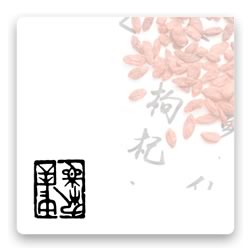We use cookies to make your experience better. To comply with the new e-Privacy directive, we need to ask for your consent to set the cookies. Learn more.
The Safety of Asarum: An Evaluation
Did you know?
For the cost of 5 articles (students) or 10 articles (practitioners) you can buy a year's access to the entire Journal of Chinese Medicine article archive.
Xi xin – Asarum Radix et Rhizoma – is a classical herb in Chinese medicine. It is of vital importance in various prescriptions and difficult to replace. After the discovery in the 1990s that aristolochic acid (AA)-I and -II were associated with severe nephropathy and urothelial carcinoma, aristolochic acid was also found in Asarum ssp. However the amounts of AA-I and AA-II cited are mostly very small and occasionally below the limit of detection. In comparison, non-officinal Asarum crispulatum contains high amounts of aristolochic acid. Because of the aristolochic acid content, both Switzerland and Germany banned the medicinal use of Asarum in 2010. The Federal Institute for Drugs and Medical Devices (Bundesinstitut für Arzneimittel und Medizinprodukte, BfArM), in banning the herb, argues that the only acceptable risk is a 50 percent life-time chance of developing a tumour in one in 1,000,000 persons after two years of drugadministration. This risk tolerance is extremely low when compared to that of conventional drugs or everyday hazards. A more realistic risk calculation might take into account the risk of death to the general population caused by the nuclear radiation that Germans are allowed to be exposed to each year by nuclear facilities. In such a calculation, the health risk posed by xi xin could, by prescribing a maximum length of administration and enforcing strict quality control measures on xi xin medicines, be reduced to a very tolerable level. A total ban on Asarum seems disproportinate.
| Author | Axel Wiebrecht |
|---|
* Orders shipped outside of Europe are eligible for VAT relief and will not be charged VAT.

